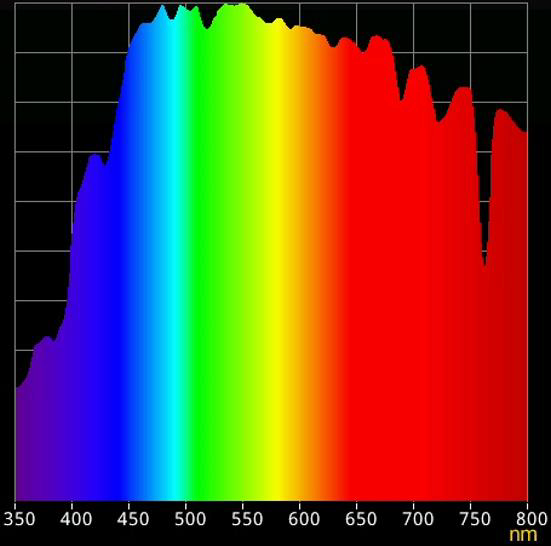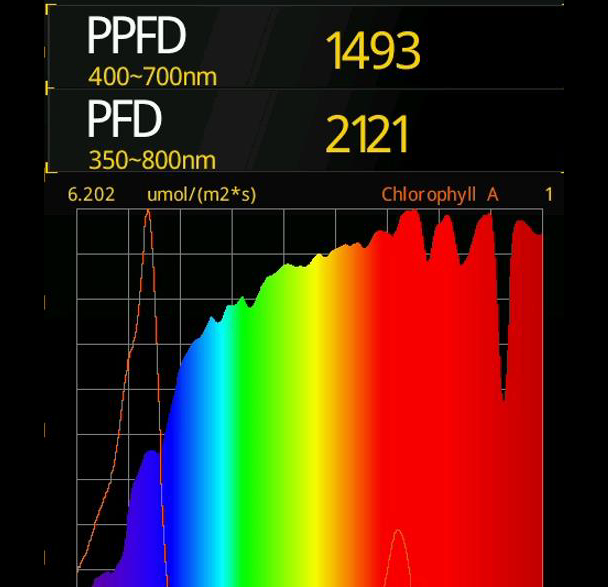Sun angles in winter can reduce light transmission by up to 80% (1500 PPFD outside to 300 PPFD inside, for example).
It depends on your post-harvest goals, and having control over the quality of light is now possible with LEDs. Sunlight quality changes throughout the year, so should your spectrum? Valoya can help you design a hybrid system combining HPS and LED (to take advantage of the forward-throw heat from HPS and the targeted spectrum and efficiency of LED) or combine several of our proprietary spectra to have absolute control to hit your targets.
Supplemental lighting is pivotal in optimizing greenhouse conditions, especially during winter when natural sunlight is limited. Greenhouses are essential for extending the growing season and providing a controlled plant environment. However, supplemental lighting becomes crucial for sustaining plant growth and ensuring a bountiful harvest as winter daylight decreases. Valoya can help you balance your system based on your goals, working environment, and efficiency and optimize your lighting system to perform at its highest levels even through winter.
During winter, reduced sunlight can impede photosynthesis, in which plants convert light into chemical energy to fuel their growth. Supplemental lighting addresses this limitation by providing additional light, particularly in the crucial spectrum ranges that stimulate photosynthesis.
Supplemental lighting in greenhouses during winter is vital for maintaining optimal temperatures. In colder climates, the additional light contributes to the overall warmth within the greenhouse, preventing temperature fluctuations that could be detrimental to plant health. This creates a stable and conducive environment for various crops, enabling growers to cultivate a diverse range of plants even in the harshest winter conditions.


Outdoor Sun in January

Sunlight + HPS

Sunlight + Solray385


Sunlight + S2 + AP67

Outside Sunlight, Carbondale IL, January 16, 2024
Jan 22, 2024 1:00:00 PM


Comments